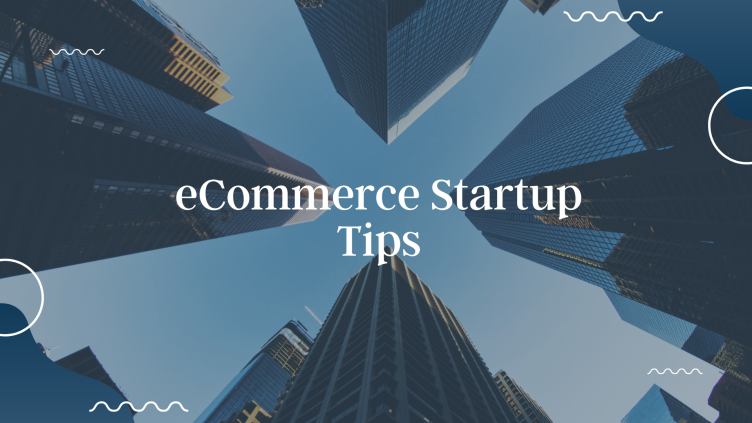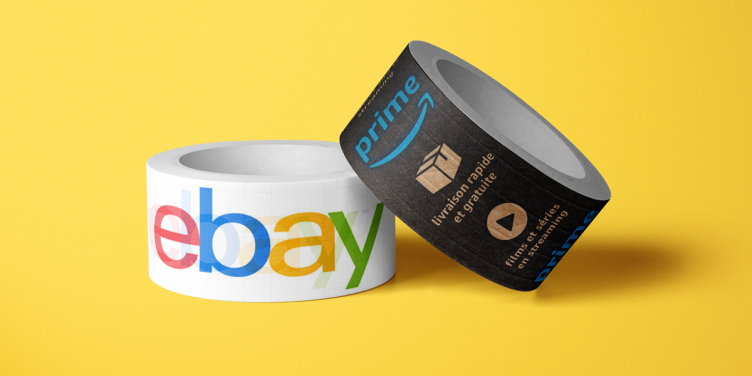Hey there! So you’ve decided to start an ecommerce business. Congratulations! You’re about to embark on an exciting journey. However, before you dive in headfirst, there are some essential things you need to consider to set yourself up for success. You’ve got the passion and the vision, now you need the practical plan to turn your dreams into reality. In this article, we’ll walk you through the key steps and tools you’ll need to launch your online store. From choosing a business structure to finding the right ecommerce platform, figuring out shipping logistics to driving traffic, we’ve got you covered. Starting an ecommerce business may seem overwhelming, but broken down into manageable milestones, you’ll be up and running in no time. Let’s get started!
Build Your Ecommerce Website
To get your ecommerce business up and running, you need to build a professional website. This online storefront is key to connecting with customers and making sales.
First, choose an ecommerce platform like Shopify, BigCommerce or WooCommerce. These make it easy to create a stylish store and manage products with no technical experience needed. Select a template you love and customize it to match your brand.
Next, add your inventory. Include high-quality product photos, detailed descriptions and specifications. Group similar items together and suggest complementary products to increase the average order value.
Then set up your payment gateway so you can accept credit cards and other digital wallets. Make the checkout process simple and secure to instill confidence in your customers.
Promote your new website on social media to drive traffic. Run sales and promotions to spike interest. Send regular newsletters and product updates to stay top of mind with subscribers.
An eye-catching, user-friendly website is fundamental. But to thrive, you need to provide great service and value. Competitive prices, fast shipping and a hassle-free return policy will turn first-time buyers into lifelong customers.
Keep improving and optimizing your website based on analytics and customer feedback. An ecommerce business is an evolving venture, so continue enhancing the experience and you’ll build a loyal community around your brand. With the right website and dedication, you’ll be well on your way to success.
Choose a Product to Sell Online
So you have a product in mind you want to sell online—great! Now it’s time to make sure it’s the right product. A few things to consider:
What are people already buying? Check sites like Amazon, eBay, and Etsy to see what’s trending in your chosen product category. Products that are already popular will be easier to sell.
Is there demand? See if people are actively searching for your product idea. Use tools like Google Trends and Keyword Planner to determine search volume and see if interest in the product is rising or declining. More demand means more potential customers.
Do you have a unique angle? If you’re selling something common like t-shirts or phone cases, having a distinctive design, theme or style will help your product stand out. Offer something people can’t get anywhere else.
Can you source it affordably? Make sure you can obtain the product at a low enough cost that you can still make a good profit margin after accounting for other expenses like shipping and fees.
Is it easy to ship? Products that are difficult or expensive to ship may be harder to sell online. Choose something that can be delivered economically and efficiently.
Once you’ve evaluated all these factors, you’ll have a product with the best chance of success on your ecommerce site. Next, it’s time to set up your online store and start selling! With the right product and good marketing, your business will be off to a great start.
Drive Traffic and Increase Sales
To drive traffic and boost sales, focus on a few key strategies:
- Optimize your product pages. Make sure each product page is well-written, with high-quality images showing the item from different angles. Include details on sizes, materials, and uses. The easier it is for customers to understand what they’re buying, the more likely they are to purchase.
- Run promotions and sales. Offering coupons, discounts, bundle deals, or limited-time sales gives customers an incentive to buy from you. You can promote sales on your website, in newsletters, and on social media.
- Build an email list. Start collecting email addresses as soon as your store launches. Send regular newsletters with product updates, blog posts, sales announcements, and coupons. Email marketing is one of the most effective ways to stay in touch with customers and drive repeat purchases.
- Focus on search engine optimization (SEO). Optimize your product pages and blog posts to rank higher in search engines like Google. Use relevant keywords, internal links, fast page load times, and high-quality content. The higher you rank in search results, the more visitors will find your store.
- Engage on social media. Build a presence on platforms like Facebook, Instagram, and Pinterest. Post images of your products, share blog posts, announce sales, and engage with your followers by liking and commenting on their posts. Social media is a great way to raise brand awareness and connect with potential customers.
- Provide great customer service. Offer fast shipping, easy returns, and responsive customer support. Happy customers will return to shop with you again and may also refer friends and family to your store. Exceptional service can help build customer loyalty and boost long term success.
Following these best practices for driving traffic and sales is key to growing a successful ecommerce business. With time and consistency, you’ll gain more visitors, build your mailing list, increase sales, and establish a dedicated customer base.





